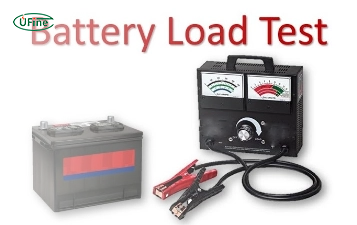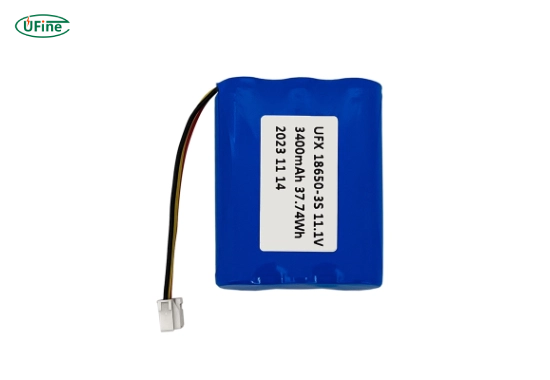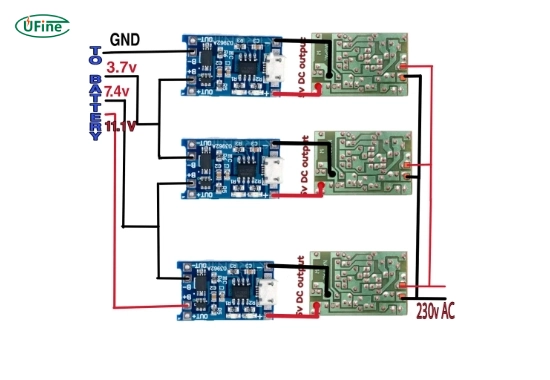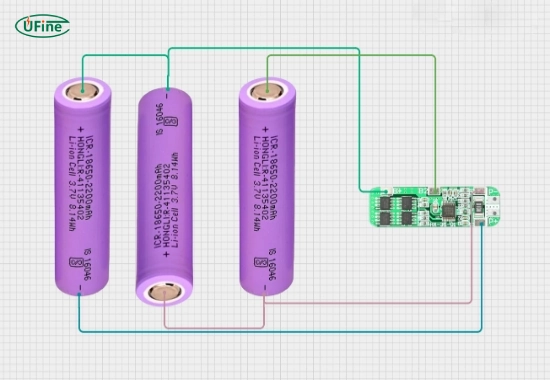
- Part 1. What is a 3S LiPo battery pack?
- Part 2. What do you need to build a 3S LiPo battery?
- Part 3. Understanding cell balancing and spot‑welding techniques
- Part 4. Designing your 3S LiPo battery charger circuit
- Part 5. How to charge 3S LiPo battery safely?
- Part 6. Best practices for charging & storage
- Part 7. How to test your 3S LiPo battery?
- Part 8. Common mistakes to avoid when building 3S LiPo packs
- Part 9. How to recycle or dispose of used LiPo batteries?
- Part 10. FAQs about 3S LiPo battery building and charging
Building and charging your own 3S LiPo battery pack at home can be a fun and rewarding project . But only if you know exactly what you’re doing. If you’ve ever searched how to make 3S LiPo battery or how to charge 3S LiPo battery, this guide is your one-stop solution.
In this in-depth tutorial, you’ll learn everything from the materials you need to building, balancing, and charging a 3S LiPo battery safely. We’ll also show you how to design a simple 3S LiPo battery charger circuit and store your pack properly. Whether you’re a hobbyist or a DIY enthusiast, this is the ultimate guide to get you started safely and confidently.
Part 1. What is a 3S LiPo battery pack?
A 3S LiPo battery pack is a lithium polymer battery composed of three cells connected in series. Each cell typically has a nominal voltage of 3.7V, so a 3S pack delivers 11.1V nominal, and up to 12.6V when fully charged.
These batteries are popular in RC vehicles, drones, DIY electronics, and robotics due to their high energy density, lightweight, and high discharge rates.\
Part 2. What do you need to build a 3S LiPo battery?
Before you begin, gather all required materials and safety gear. Safety is non-negotiable when dealing with LiPo chemistry.
Essential materials:
- 3 identical LiPo cells (3.7V nominal)
- Nickel strips for spot welding
- Battery Management System (BMS) (3S compatible)
- XT60 connector or similar
- Balance connector (JST-XH 4-pin)
- High-quality heat shrink wrap
- Kapton tape or insulation tape
Tools and gear:
- Spot welder
- Multimeter
- Soldering iron + flux
- Wire stripper
- Fireproof LiPo charging bag
- Gloves and safety goggles
- Fume extractor or well-ventilated area
✅ Tip: Use identical cells from the same batch to ensure safe charging and discharging.
Part 3. Understanding cell balancing and spot‑welding techniques
When assembling a 3S LiPo pack, cell balancing is critical. Each cell must stay within a small voltage range of the others — ideally within 0.05V.
Why balance the cells?
If one cell overcharges or undercharges, it can swell, leak, or even catch fire. Balancing ensures longer battery life and safe performance.
How to spot-weld cells:
- Arrange the three cells side-by-side.
- Use nickel strips to connect the positive of one cell to the negative of the next.
- Use a spot welder, not a soldering iron, to avoid overheating the cells.
Add the balance leads:
- Wire 1: Cell 1 (+)
- Wire 2: Cell 1-2 junction
- Wire 3: Cell 2-3 junction
- Wire 4: Cell 3 (-)
⚠️ Do NOT solder directly to LiPo cells. Heat damages the chemistry.
Part 4. Designing your 3S LiPo battery charger circuit
Designing a 3S LiPo battery charger circuit can be simple with the right components.
Basic charger circuit components:
- DC input (12V–15V power supply)
- TP4056 modules (for each cell)
- Charge controller IC or BMS
- Voltage regulators
- Current limiting resistors
How does it work?
Each charger module controls the charge of one cell. The BMS prevents overcharge, overdischarge, and short circuits. You can also purchase integrated 3S charger boards for simplicity.
💡 For improved safety and efficiency, consider using a commercially available smart charger like the ISDT Q6 Pro or iMAX B6.
Part 5. How to charge 3S LiPo battery safely?
Charging a LiPo battery incorrectly is dangerous. Follow these steps to charge your 3S pack the right way:
Step-by-step safe charging:
- Place the battery in a fireproof LiPo bag.
- Use a 3S LiPo-compatible balance charger.
- Set the correct cell count (3S) and charging current (1C is recommended).
- Connect the main XT60 plug and the balance lead.
- Monitor the charging process. Do not leave it unattended.
- Once fully charged (12.6V), unplug immediately.
Part 6. Best practices for charging & storage
LiPo batteries require careful handling even after charging. Here’s how to keep your 3S pack healthy.
Charging tips:
- Always charge at 1C or below.
- Use a balance charger every time.
- Never charge a damaged or swollen battery.
Storage tips:
- Store at 3.7–3.85V per cell (around 11.1V total)
- Keep in a cool, dry place
- Use storage mode on smart chargers
- Never store fully charged or fully discharged packs
⚠️ Do not store LiPo batteries in hot cars or direct sunlight.
Part 7. How to test your 3S LiPo battery?
Before using your DIY pack, always test for:
- Voltage balance
- Output voltage across terminals
- No short circuits
- Temperature during light loads
Use a multimeter and load tester (like a resistive load or motor) to validate performance.
Part 8. Common mistakes to avoid when building 3S LiPo packs
Here are some critical mistakes that even seasoned DIYers make:
- Mixing cells with different capacities
- Charging without a balance lead
- Skipping the BMS
- Soldering directly to LiPo cells
- Overcharging beyond 12.6V
🚫 These mistakes can lead to explosions or fire hazards. Always double-check your setup.
Part 9. How to recycle or dispose of used LiPo batteries?
Never throw LiPo batteries in regular trash. Follow these steps:
- Discharge the battery to 0V using a resistive load (in a safe area).
- Submerge in saltwater for 24 hours.
- Take to a local battery recycling center.
♻️ Proper disposal keeps the environment safe and complies with regulations.
Part 10. FAQs about 3S LiPo battery building and charging
Can I charge a 3S LiPo with a 2S charger?
No. Using the wrong charger can damage the battery and is a fire hazard. Always use a 3S-compatible charger.
How long does it take to charge a 3S LiPo battery?
At 1C, it usually takes 60–90 minutes. Faster charging reduces lifespan and increases risk.
What is the maximum voltage of a 3S LiPo?
Fully charged, a 3S LiPo reaches 12.6V (4.2V per cell).
Can I build a 3S pack using 18650 cells?
Yes, but 18650s are Li-ion, not LiPo. Ensure the BMS and charger match your chemistry.
What happens if one cell is overcharged?
It may swell, leak, or even catch fire. That’s why cell balancing is essential.
Related Tags:
More Articles

Battery Load Test: A Comprehensive Guide
Step-by-step battery load test guide for car, solar & industrial use. Learn how to load test a battery, interpret voltage charts, and avoid common mistakes.
The Comprehensive Guide to Battery Balancing and Battery Balancer
Discover how battery balancers improve lithium battery performance, lifespan, and safety. Learn types, functions, and tips to choose the right balancer.
What Is the Best Voltage for a Chainsaw Battery?
Compare 12V-80V chainsaw batteries for light pruning, medium firewood, and professional cutting. See best battery chainsaw with runtime charts and safety tips.
Lithium VS. Alkaline Batteries: A Comprehensive Comparison
Lithium batteries last 3–7× longer than alkaline and perform better in cold weather. Compare lifespan, cost, safety, and best uses to choose the right battery.
Comparing Lithium-Sulfur and Lithium-Ion Batteries: Which is Right for You?
Compare lithium-sulfur (Li-S) and lithium-ion batteries on energy, lifespan, cost, safety, and applications. Best choice for drones, EVs, and electronics.





